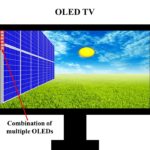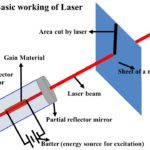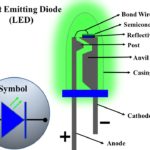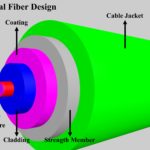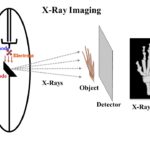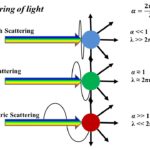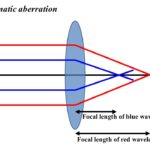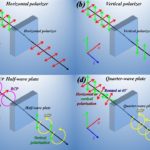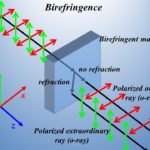Invisibility cloaking or cloaking devices refer to a piece of garment or a device that can render a human being utterly invisible to the naked eye. Although invisibility cloaks seem like a concept of science fiction, they are now a reality. These cloaks can now be built by employing carefully designed nanostructures (or metamaterials). However, these metamaterial cloaking devices might not be as we are told to imagine by the movies (not yet anyway). To understand the mechanism and operation of current technologies in metamaterial cloaking, we need to understand a few things beforehand.
Prior knowledge on how cloaking works? And what makes something invisible?
Human beings operate on their senses. We have five basic senses, which are touch, hearing, smell, taste, and sight. We see the objects when incident light on an object is reflected into our eyes. This light is captured by RGB (Reg-Green-Blue) color-sensitive cones in our eyes. These colors are finally decoded into an image by our brain. Sometimes we see objects that are transmitting light, such as glass and plastic. These objects transmit more light than they are reflecting, which is why we can see things present behind them. Inherently these objects lay down the basics of cloaking devices. An example would be people walking to glass doors and hitting them as they don’t realize the presence of a glass door because it was so clear.
Now we know what a cloaking material would look like. This material should be transparent and should reflect a negligible amount of light. After understanding the material properties, we need to understand the behavior of light. Basically, all light is an Electromagnetic (EM) wave, and we can observe only a tiny spectrum (visible spectrum) through our eyes. Conservatively speaking, this range lies around ~400-700 nm. This is just like the frequency of sounds human beings can hear, around 20 Hz-20 kHz. Back to our discussion, if we have a material that is completely transmitting a higher wavelength but blocking the visible spectrum, our eyes will see it as an object. Still, for that specific wavelength, which we cannot see, that object is a transmitter. This is the current technology of metamaterial cloaking, cloaks for higher wavelength.
Finally, we can discuss ways to conceal the objects. Glasses and plastics do not conceal anything as they transmit the light to objects in the background, as shown in Fig. 1. Therefore, they are not suitable. We need something that does not allow us to see an object immediately behind the cloak but lets us see an object far behind in the background. One might think that a way to render the object invisible could be to completely absorb the light falling on the cloaking device. However, this would create a black spot as all light is being absorbed (given in Fig. 1). This is the basic idea behind thermal cloaking, which requires a perfect absorber to absorb all electromagnetic waves for a narrow or broadband spectrum. To achieve cloaking in its true sense, the light needs to bend around the object and be received at the other end in its original form. This is the basic idea involved in the working of metamaterial cloaking. The two established ways through which metamaterial cloaking is achieved are explained in the following sections.
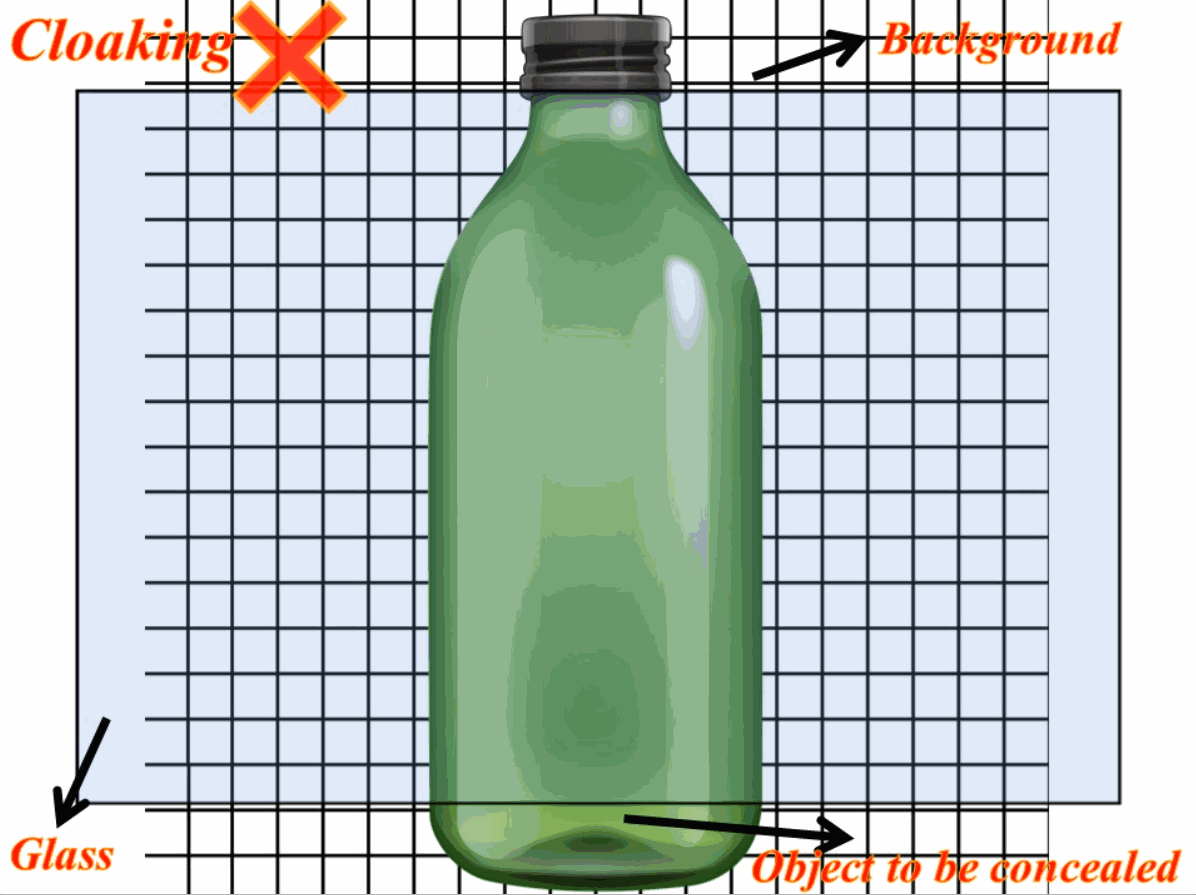
Transmission based metamaterial cloaking
The transmission-based cloaking was first explored for the microwave regime. This research was conducted in collaboration by Professor Sir John Brian Pendry of Imperial College of London and Professor David R. Smith of Duke University1. This metamaterial cloaking device o operated at a frequency of 8.5 GHz. It was developed using 10 concentric cylinders of multiple metamaterial unit elements. The metamaterial cloak was designed using coordinate transformation, which compresses a cylindrical region into an annular region. The propagation direction was selected to be the z-axis, and this resulted in the following equations.
Here the terms a and b represent the inner and outer radius of metamaterial cloaking design as a whole, and r represents the radius. The a and b for the design were selected to be 27.1 mm and 58.9 mm, respectively. The terms εz and μo remain constant, and depending on the values of μr, the response from individual metamaterials can be varied. This variation in μr yields different refractive index for metamaterial unit elements presents in the different cylindrical arrays.
The design behaves in such a way that it does not allow any EM wave at 8.5 GHz to pass from the inner cylinder, thereby rendering any object inside the inner cylinder completely invisible. Although this invisibility is not as per our imagination, the hidden object is utterly invisible to 8.5 GHz detectors since no EM wave of 8.5 GHz passes through them. This lack of EM waves ultimately puts reflection, transmission, or absorption from hidden objects out of the question. To test the metamaterial cloaking design, the team used a metallic sphere (considered to be the objects providing the highest scattering) inside the fabricated metamaterial cloak design. The measured results suggested very minute scattering (reflection) because of the simplification of the design model. Transmission-based metamaterial cloaking is depicted in Fig. 2.
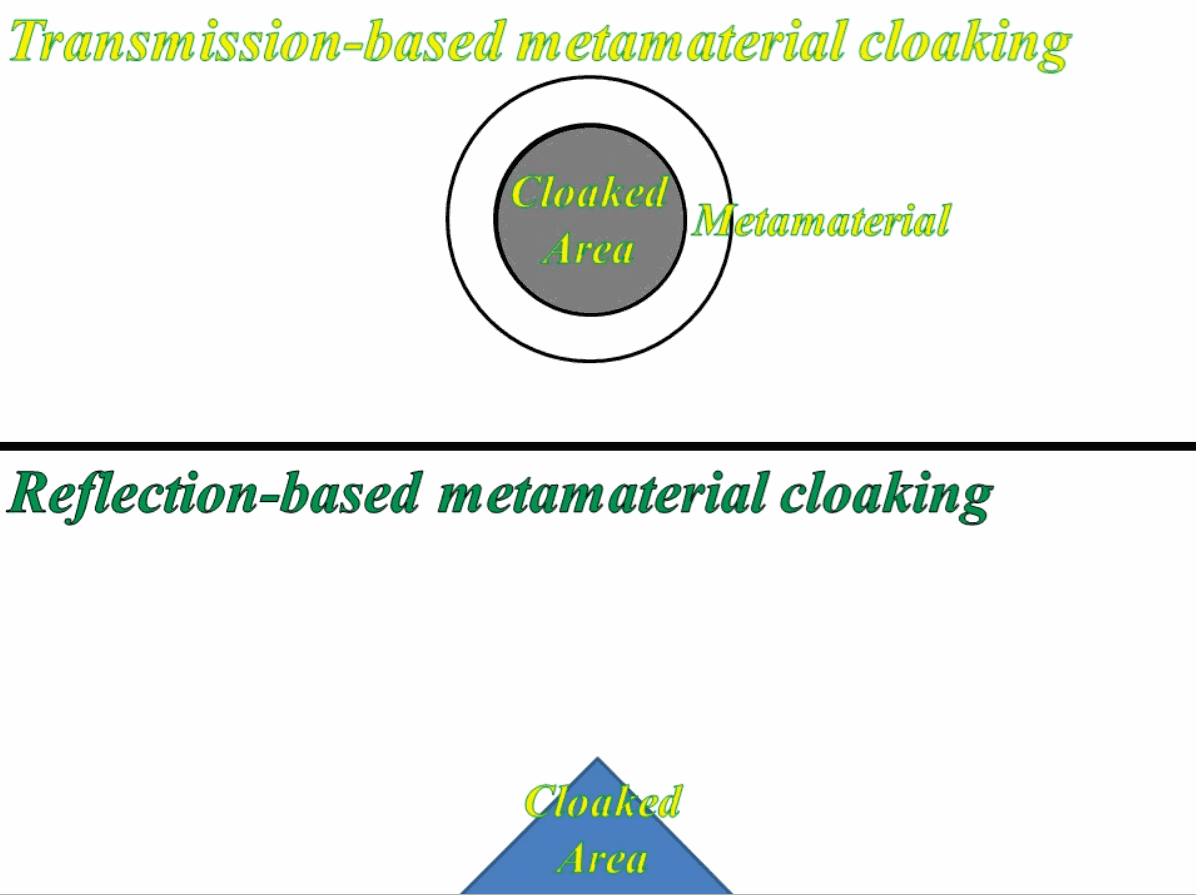
Reflection based metamaterial cloaking
The reflection-based metamaterial cloaking also works on the principles of transformation optics2. The reflection-based metamaterial cloaking device consists of slanting metamaterial unit elements and a perfect electric conductor (PEC) ground plane. The region between the metamaterial cloak and PEC (metal) will be the cloaked area. Reflection-based cloaks reflect the incident wave when it hits instead of transmitting it, which happens in transmission-based metamaterial cloaking devices. The metamaterial elements compensate for the phase shifts that might occur due to object/s inside the cloaked area. When the wave leaves the opposite end, it will be in its original form, undistorted by the object present inside the “bump”3(cloaked area).
The primary benefit of this sort of design is that the cloaked area can include any type of object. The reflection-based metamaterial cloak designs can also be made tunable2. Therefore, this design scheme is independent of the shape and size of the object it is meant to conceal. However, there is a stringent condition of wave incidence angle for which this reflection metamaterial cloaking operates. A depiction of reflection-based metamaterial cloaking is provided in Fig. 2.
Both of these methods have pros and cons, so choosing the best scheme for cloaking is subjective. Moreover, the designs still operate for microwave (GHz) or terahertz (THz) regimes, and optical cloaking in visible regime is still not yet realized. However, by these proofs of concept, broadband visible light cloaking must not be far behind. We will stay optimistic about it.
Optimism is the faith that leads to achievement. Nothing can be done without hope and confidence.
Helen Keller
References
- Schurig, D., Mock, J. J., Justice, B. J., Cummer, S. A., Pendry, J. B., Starr, A. F., & Smith, D. R. (2006). Metamaterial electromagnetic cloak at microwave frequencies. Science, 314(5801), 977-980.
- Shin, D., Urzhumov, Y., Jung, Y., Kang, G., Baek, S., Choi, M., … & Smith, D. R. (2012). Broadband electromagnetic cloaking with smart metamaterials. Nature communications, 3(1), 1-8.
- Yang, Y., Jing, L., Zheng, B., Hao, R., Yin, W., Li, E., … & Chen, H. (2016). Full‐polarization 3D metasurface cloak with preserved amplitude and phase. Advanced Materials, 28(32), 6866-6871.
Further readings
If you liked reading this post, you might be interested in reading the following posts.
- Construction, working, and new technologies of OLED TVWhat are OLEDs? OLED means “Organic Light Emitting Diode”. OLED technology makes displays and OLED TV. Each small part of the display called a pixel, is made of tiny materials that light up when electricity flows through them. OLED displays are different from normal LED displays. They don’t need a
- Laser and its applications in medicine and technologyWhat is a Laser? A laser (which is an acronym for Light Amplification by Stimulated Emission of Radiation) is a device that sends out a single wavelength, narrow beam of light with a help of a process known as stimulated emission as shown in Figure 1. In a laser, a
- LED light, its construction, types and colors, power, life, and technologyConstruction of LED light, its types and colors, power consumption and lifespan in comparison to other technologies, and new innovations in LEDs are discussed.
- Optical fiber design and applicationsYou may have noticed cables installed in the offices or homes that are providing internet access. These cables also do have a familiar name, optical fibers. In this post, we will gain knowledge on what are these optical fibers? What is their design? And for which purposes are they used?
- Radiation therapy for cancer treatment and its side effectsCancer is a disease of cells where some cells in a body start to grow uncontrollably and can then spread to other parts of the body. This may not sound serious since it is only cells that are replicating uncontrollably, but cancer is one of the top few lethal diseases
- X-ray Imaging: What are X-rays and how are X-ray images taken?What are X-rays? X-rays are a part of the Electromagnetic (EM) spectrum, which means that they are transverse waves having a certain wavelength and frequency and moving at the speed of light. In the EM spectrum, we have gamma rays, x-rays, ultraviolet rays, visible light, infrared waves, microwaves, and radio
- Scattering of light and its different typesThe general meaning of the word “scattering” Scattering, in a general sense, relates to the change in the direction of an object in motion after it collides with another. Sometimes, the scattering also defines dispersing of objects when they encounter some obstacle. Interpretation of scattering in physics Similar to the
- The achromatic lens to remove chromatic aberrationWhat is an achromatic aberration? A chromatic aberration is the inability of a lens to focus different wavelengths on a single focal point. This phenomenon happens because of the fact that the refractive index of a material depends on the wavelength. That is why materials are called dispersive, meaning their
- Wave plates and polarizers for polarization manipulationIntroduction to wave plates “Wave plate is an instrument (Optical device) that has the ability to change the state of light when light is incident on it.” These plates are made from different materials most common of which are birefringent material (plastic) Wave plates either half or quarter plates have
- Birefringence and birefringent materialsCrystals are categorized as both isotropic and anisotropic depending upon their optical behavior and whether or not their crystallographic axes are equivalent. All isotropic crystals have identical axes that similarly engage with light, irrespective of the crystal orientation with admire to incident light waves. Light getting into an isotropic crystal is refracted at a regular attitude and passes through the crystal at a fixed angle, having constant speed without being polarized with the aid of interaction with the electronic components of the crystalline lattice. On the other

